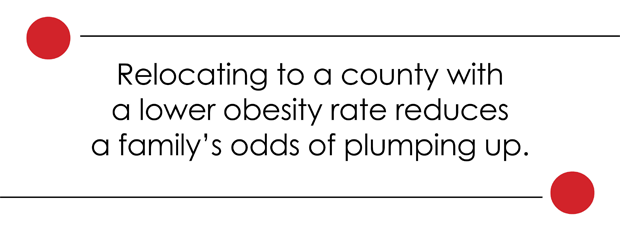In 1918, an influenza pandemic called the Spanish flu killed millions of people all over the world.
While flu normally targets the young and the elderly, this specific type of flu affected people of all ages – even strong, healthy people in their 20s and 30s.
The first reported case of Spanish flu occurred in March 1918 in Kansas, USA, when a soldier reported flu symptoms. By the end of the week, 500 more people had taken ill.
The flu spread rapidly throughout the rest of the world, including South Africa, where it killed almost half a million people – the fifth highest death toll in the world.
It was called the Spanish flu because of a misunderstanding. As Spain was largely neutral during World War I, they, unlike other war-struck countries, were free to report on the flu. Since other countries were informed about the flu by the Spanish media, they assumed that it had started in Spain.
Could the Spanish flu strike again?
According to Dr Tim Hinchey, a general practitioner and science communicator, influenza is mysterious and ever-changing. We can’t pinpoint how it will mutate. In fact, there are experts who agree that it’s only a matter of time before a flu pandemic strikes again, as the influenza virus constantly mutates and has the capacity to become resistant against antibiotics.
Other researchers say that an influenza outbreak as big as the Spanish flu will not necessarily happen again.
According to a study published in the journal Frontiers of Public Health, it is highly unlikely that an influenza outbreak of such an extent will happen again. The reason: significantly better technology, living conditions and medical facilities than in the 20th century.
Although there is not yet a universal vaccine to prevent all strains of influenza, we are capable of making effective vaccines for a specific influenza strain quite quickly. This factor, coupled with the fact that vaccinations can be distributed more rapidly and widely than 100 years ago, makes it unlikely that we will ever again experience an outbreak of such an extent.
But it doesn’t mean that it’s impossible. Cindy Weston, an assistant professor of nursing at Texas A&M University, says, “After sizable outbreaks, people will respond with large amounts of vaccinations, but they should be getting vaccinated every year to protect those most vulnerable, mainly children and the elderly.”
Annual vaccinations are important to contain future outbreaks. If vaccination rates are low, a potentially deadly flu outbreak could occur, Weston said. Millions of people get the flu every year, leading to hundreds of thousands of hospitalisations and thousands of deaths, according to a previous Health24 article.
What were the symptoms of this deadly flu?
This flu occurred in three waves. The first wave included normal flu-like symptoms such as a runny nose, fever and cough.
The second and third waves of the flu were worse – typical symptoms included a high fever and shivering, followed by often fatal lung complications. Sometimes septicaemia would also be a complication.
Why was this flu so deadly?
According to research conducted by professor Michael Worobey from the University of Arizona’s College of Science, one of the most pressing questions were why this specific strain of flu killed so many young, healthy adults when the young and old are mostly at risk.
They found that a strain of human influenza circulating since 1900 had mutated with a deadly strain of avian flu right before 1918. The human body couldn’t produce enough antibodies against this new, powerful strain, causing devastation and death.
And other flus?
Since 1918, there have been mutations of bird flu and swine flu but the numbers weren’t nearly as high as those of the Spanish flu.
The high pathogenic H5N1 bird flu first infected humans in 1997 in a poultry outbreak in Hong Kong. Since its re-emergence in 2003 and 2004, H5N1 has spread from Asia to Europe and Africa and has become entrenched in poultry in some countries, causing millions of avian infections, several hundred human cases and many human deaths.
H7N9 bird flu, a low pathogenic type, first infected three humans in China in March 2013. It has since infected more than 450 people and killed 175 of them, but no cases of H7N9 infection outside China have been reported to the World Health Organization.
In 2017 there were outbreaks of avian flu in parts of South Africa including Gauteng and Mpumalanga, but these cases were not transmitted to humans.
Swine flu in humans occurred for the first time in 2009 in Mexico and has spread around the world since. The H1N1 strain is however no longer regarded as serious.
Safeguard yourself against flu
Although we might not be dealing with a flu pandemic of massive proportion at the moment, it’s still important to protect yourself against the seasonal flu:
- Get your yearly flu vaccination.
- Boost your immune system by eating plenty of fruit and vegetables and getting enough sleep.
- Wash your hands in shared environments such as office spaces.
- Regularly sanitise your keyboard and cellphone.
Image credit: iStock
Marelize Wilke












